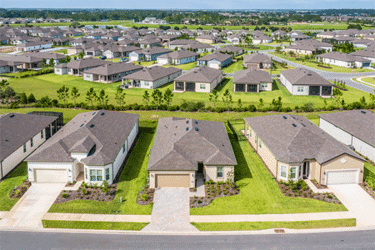Reclaimed Water: A Smart Infrastructure Move For Green Residential Developments

Residential developers are increasingly turning to reclaimed water—treated wastewater reused for non-potable purposes like irrigation and toilet flushing—as a smart, sustainable solution to growing water demand and shrinking supply. Advances in decentralized wastewater treatment, particularly through compact Membrane Bioreactor (MBR) systems, now make it possible to process and reuse water directly onsite. These systems combine biological treatment and membrane filtration in a single, space-saving unit that produces high-quality reclaimed water without needing additional treatment.
By implementing MBR technology, developers can reduce reliance on municipal systems, meet or exceed regulatory requirements, and unlock faster permitting while showcasing visible sustainability efforts. In drought-prone or water-stressed regions, reclaimed water is more than a green feature—it’s a necessity. Projects utilizing these systems gain operational savings, improved long-term value, and an edge in meeting environmental and market expectations. From master-planned communities to mixed-use developments and HOAs, decentralized water reuse is helping reduce infrastructure strain and boost resilience.
Early adoption of these systems positions developers as proactive leaders addressing future challenges in water conservation, utility costs, and climate resilience.
Get unlimited access to:
Enter your credentials below to log in. Not yet a member of Water Online? Subscribe today.
